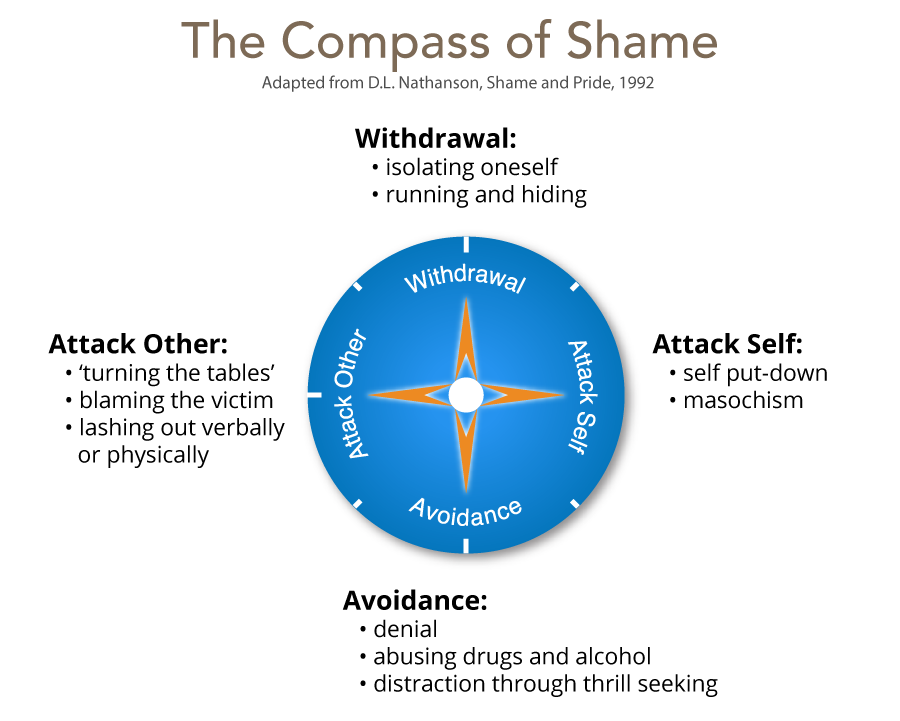“Modern Affect theory begins with the work of Silvan Tomkins (1962, 1963). Observing the face of his newborn son, Tomkins saw what looked like “emotion” displayed on the face of an organism with none of the history, none of the life experience we have always considered necessary for the development of emotion. “Certainly the infant who emits his birth cry upon exit from the birth canal has not ‘appraised’ the new environment as a vale of tears before he cries” (Tomkins, 1982, p. 362). Nonetheless, the crying infant looks quite like a crying adult this cry of distress must have been available to the infant courtesy of some pre-existent mechanism triggered by some stimulus acceptable to that mechanism.”
Written in 1986 by Don Nathanson, The Empathic Wall and the Ecology of Affect originally appeared in The Psychoanalytic Study of the Child.


